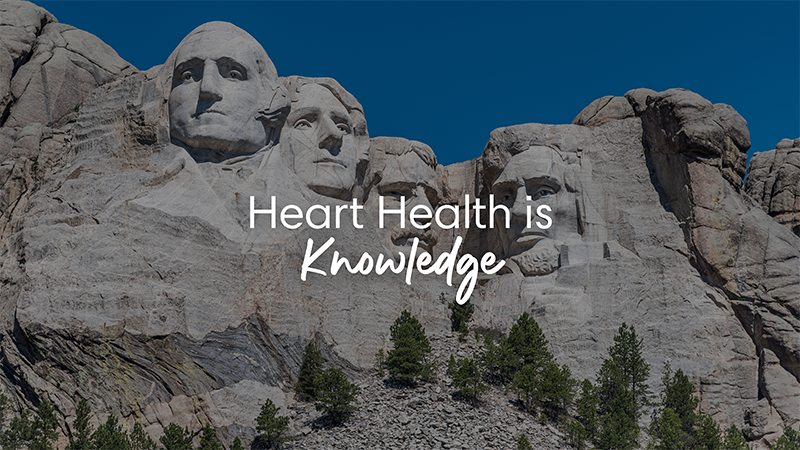The U.S. observance of Presidents’ Day falls on the third Monday in February, which is also American Heart Month. At Eko we’re always thinking about heart health, so we were naturally curious to research cardiovascular facts about our presidents.
Heart disease is the #1 cause of death for all people in the United States1 so it’s not surprising that multiple U.S. presidents have been affected by it.
Here are some interesting facts we discovered about U.S. presidents and their heart health.
At least 26% of presidents have been affected by heart disease
According to the American College of Cardiology, a historical survey of past presidents shows at least 12 of the last 46 presidents have been affected by cardiovascular disease and/or risk factors.2
Presidential secrets
Until Dwight D. Eisenhower’s term (1953 to 1961), presidents’ health conditions or ailments were traditionally kept private — and in some cases, even lied about. This was to avoid public panic and economic turbulence if their health conditions were severe. So it was surprising when Eisenhower’s press secretary and physician publicly shared details of Eisenhower’s health after a heart attack in 1955. This transparency was well-received by the press and the public, and helped to reduce the health information gatekeeping trend of past presidencies.
FDR's heart and health issues
Franklin D. Roosevelt (1933 to1945) served in the era before publicly sharing the president’s health information was common. So his death from a massive stroke at age 63 was a shock to the world. In addition to a decades-long battle with polio, he was diagnosed in 1944 with severe hypertension and congestive heart failure. Serving four terms as a president likely added to his physical stress, especially when he had been advised to only work four hours a day — a directive he likely ignored considering his key role as president of the United States. He died three months into his fourth term, in April of 1945.
Before the presidency: Senator Johnson
Lyndon B. Johnson (1963 to 1969) suffered his first heart attack — nearly fatal — in 1955 while serving in the U.S. Senate as the majority floor leader. He was 46 at the time. A heavy smoker, he quit after his first heart attack but resumed chain smoking in 1971. Johnson’s second heart attack in 1972 resulted in permanent congestive heart failure. He died following a third attack in 1973 at 64 years old.
Ford's fight
Gerald R. Ford (1974 to 1977) had a variety of heart health issues, including congestive heart failure, aortic stenosis and coronary artery disease.2 In 2006, at the age of 93, Ford underwent surgery to receive a cardiac pacemaker. He recovered well, but passed away 4 months later.
Clinton’s coronary artery surgery
Shortly after leaving office, William J. Clinton (1993 to 2001) was only 58 when he underwent quadruple coronary artery bypass surgery in 2004 for severe triple-vessel disease. Before the surgery, four of his arteries were 90% clogged. Clinton had a follow-up surgery in 2005 to remove scar tissue and fluid buildup from the bypass. In 2010, he was rushed to the hospital for surgery to place two stents in one of his coronary arteries.
Future presidents and heart disease
Americans are living longer thanks to medical and technological advances. Because of this, future U.S. presidents will likely serve into their 70s and 80s, so heart disease and their cardiovascular health will continue to be a point of discussion.
References
1. National Center for Health Statistics. Multiple Cause of Death 2018–2021 on CDC WONDER Database.
2. Harold, John G. “A Historical Perspective on CV Disease and the Presidency.” American College of Cardiology
MKT-0002804 Rev 1.0
